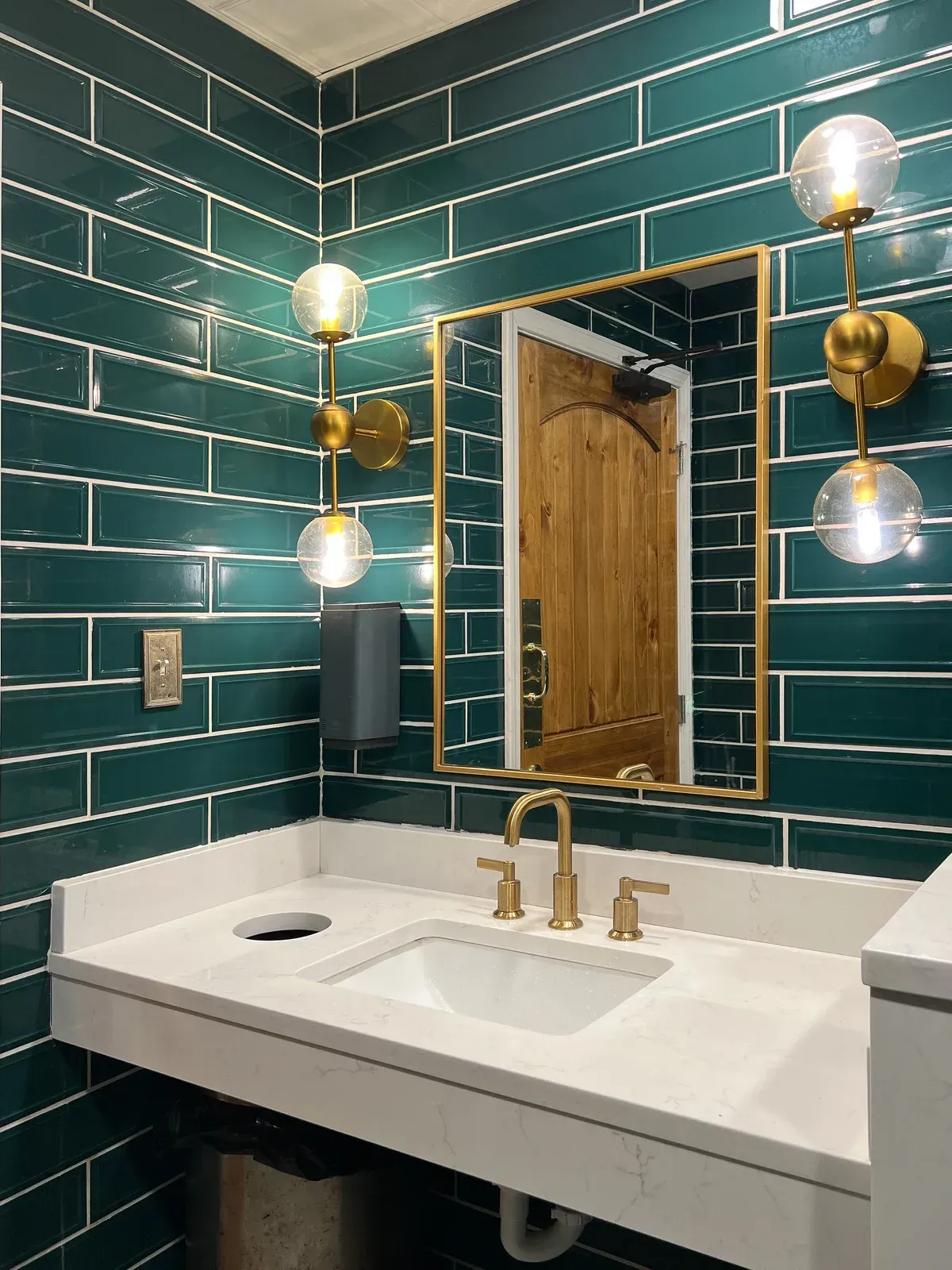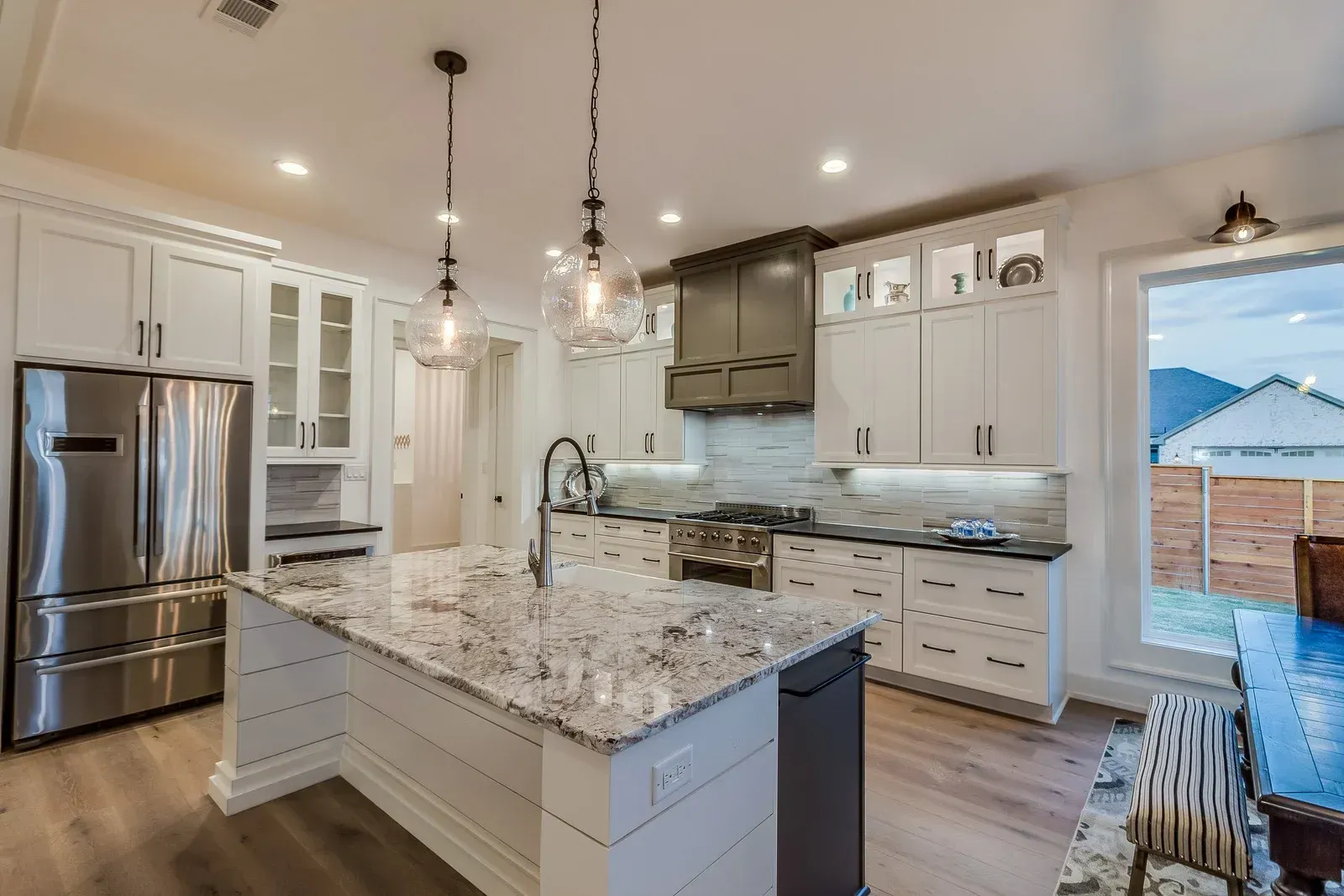What Is a Change Order—And How Does It Affect Your Remodel?
If you’ve ever talked to someone who had a bad remodeling experience, there’s a good chance the story includes change orders. Maybe their builder kept tacking on extra costs. Maybe the budget ballooned with “surprise” work. Maybe the original price just wasn’t real to begin with.
Let’s break this down clearly—what a change order is, when it’s legitimate, and how The Building Company works hard to avoid them in the first place.
🔄 What Is a Change Order?
A change order is a written modification to your original construction agreement. It can be triggered by:
● New work you request after signing (like adding a tile niche or changing cabinet layouts)
● Unforeseen conditions (like hidden water damage behind a wall)
● Design revisions or scope changes during construction
Every legitimate builder uses them—but not all builders use them the same way.
🛑 We’re Not in the Change Order Business
At The Building Company, we go out of our way to avoid unnecessary change orders. That’s because the best remodels are built on solid planning—not surprises.
We take the time to:
● Build out a detailed scope of work before contracts are signed
● Bring in our trade partners and structural reviewers early
● Help you work through design decisions before we swing a hammer
● Educate you about the process so nothing sneaks up on you later
We’d rather lose a job upfront than win one on a lowball estimate and make it up in change orders. That’s not how we operate—and unfortunately, not everyone in our industry can say the same.
⚠️ Some Builders Count on Change Orders
Here’s the uncomfortable truth: Some companies offer a low initial bid just to win the job. Then once demolition starts, the “unexpected issues” begin. Suddenly that rock-bottom price isn’t looking so good.
You’ll hear things like:
● “We didn’t budget for that wall to be out of square.”
● “Those fixtures weren’t included.”
● “You didn’t say you wanted tile and heated floors.”
We’ve seen this tactic used to the detriment of good homeowners. And it’s why we spend so much time on the front end of the project—clarifying scope, locking down finishes, coordinating with designers, and anticipating roadblocks
🛠️ When Change Orders Are Legitimate
Sometimes, change orders are absolutely appropriate. A few examples:
● You decide to upgrade to a higher-end countertop after seeing samples
● We uncover dry rot behind a wall that couldn’t have been known ahead of time
● The city requires an unanticipated code upgrade during inspection
When that happens, we stop, communicate, and walk you through the costs and impacts—in writing, with no pressure
🔍 Transparency Is Part of the Process
We approach change orders with the same mindset as the rest of the project:
● Clear documentation
● Open communication
● No surprise charges
If something does change midstream, you’ll understand why, how it affects the timeline and cost, and what your options are before anything moves forward.
💡 Real-World Example
A Spokane Valley homeowner recently asked for additional recessed lighting after framing was complete. We issued a change order with:
● A clear price breakdown
● An adjusted timeline
● An explanation of wiring access and ceiling patch work
Because the original plan was complete and well-documented, there were no surprises—and the client appreciated being in control of the decision
Bottom Line: Change Orders Should Be the Exception—Not the Business Model
You deserve a builder who plans thoroughly, communicates clearly, and doesn’t treat change orders like a cash machine.
We’re here to guide you through your remodel with as few surprises as possible—and we’ve built our process to reflect that.
📱 Call or text: 509-890-0222
📧 Email: info@pnwbuild.com
________________________________________
The Building Company
is a proud member of the National Association of Home Builders (NAHB) and the National Association of the Remodeling Industry (NARI), demonstrating our commitment to ethics, craftsmanship, and transparent client service



